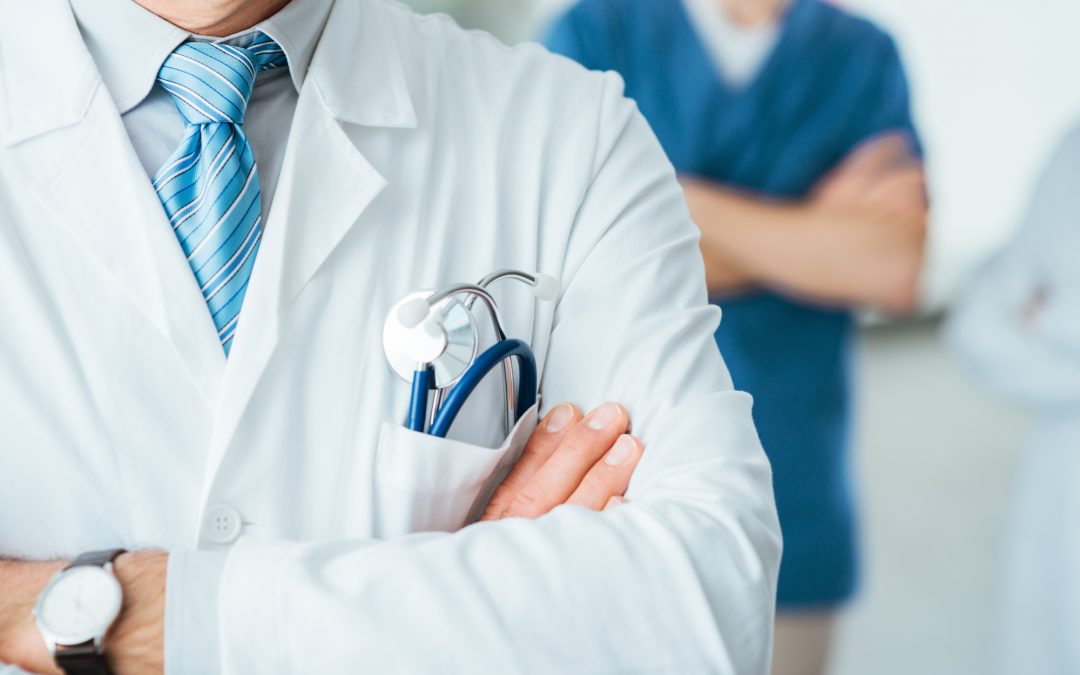Varicose veins is a condition that affects the veins very near the surface of the skin. Varicose veins can be caused by genetics, obesity, inactivity, long periods of time standing or sitting, age and gender.
Blood clots that form in the veins are usually found in the deep veins of the legs, or other parts of the body. Blood clots are caused by any type of problem that prevents your blood from circulating and clotting normally. These can be developed because of surgery complications, medications, long periods of limited movement, or an injury.
Normally, blood clots and varicose veins are not related. However, if someone suffers from severe varicose veins there is a risk of developing Deep Vein Thrombosis (DVT) or a serious condition of blood clotting in the deep veins.
Blood clots are considered a medical emergency. Patients experiencing any symptoms of a blood clot should seek medical attention right away.
Symptoms of a blood clot include:
- Swelling
- Pain
- Redness
- Warmth to the touch
- Worsening leg pain when bending the foot
- Leg cramps (especially at night and/or in the calf)
- Discoloration of skin
- Blood clots are common on the legs but can develop on any part of the body
Blood Clots Can Be Fatal
The highest risk associated with a blood clot is that the blood clot might break free and travel through the veins into the lungs, this is called a pulmonary embolism. This condition can cause death and needs to be taken very seriously. If you are experiencing chest pain, trouble breathing, a severe cough, coughing up blood, rapid heart rate, feeling faint, or breaking out into a sweat, call 911 or get help immediately.


Recent Comments